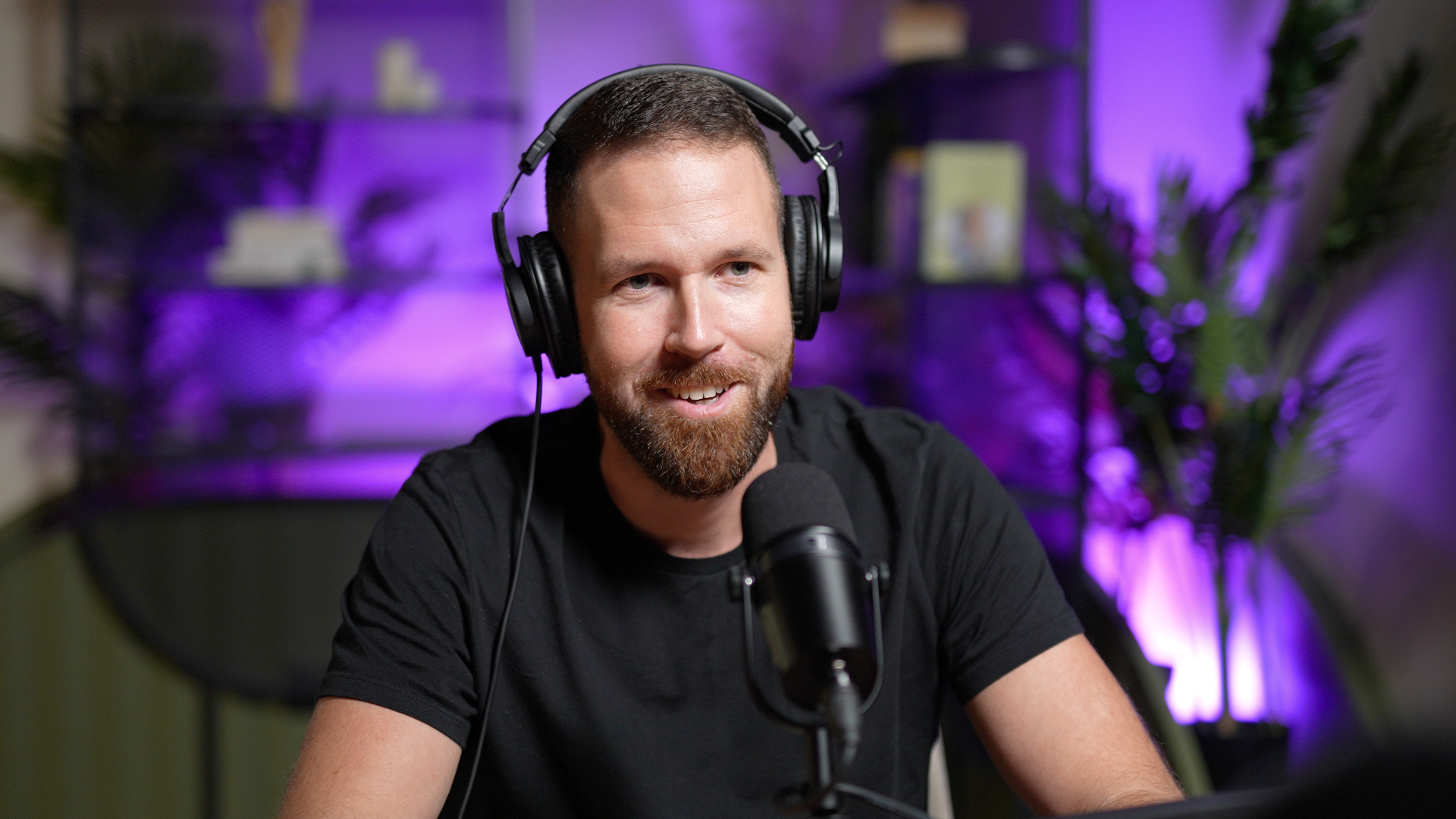
Since its inception in 2001, podcasting has transcended the hobbyist realm and become a multi-billion-dollar industry.
It has never been more popular as a way for brands to connect with their audiences.
The cost of entry is next to nothing – anyone can make a show now. The knock-on effects mean building a successful and strategic branded podcast is much more challenging.
Standing out in a crowded space and making a significant ROI can no longer be left to chance. It can still be done, but brands must be savvy to rise above the noise.
Take the Chasing Sleep podcast, for example.
The Mattress Firm, a company you will not be surprised to learn sells mattresses, saw a 45 per cent uptick in sales and a 4x return on ad spend through its show.
Each episode features experts to discuss how everyone from ultramarathoners to astronauts use sleep to improve their performance. Or how everyday actions can affect our sleeping patterns.
We all do it, so telling stories about it while peppering the content with brand messaging and ad placements is an easy sell for listeners.
As Mattress Firm says, this “always on” marketing opportunity is far more effective than traditional, immobile ad campaigns.
Mattress Firm isn’t an outlier – there are others. However, getting to this level demands that brands adhere to a few key points to tip them towards success.

Tell a story
Narrative-driven podcasts allow brands to paint a picture of themselves and their products without being over-promotional.
If your podcast sounds like a sales pitch, listeners will switch off and never return.
Lead your audience on a journey of discovery – to delve deeper into your industry and reveal juicy bits of information to them.
It’s an approach that works, with insights from Signal Hill revealing brands that took a narrative approach saw an average 10 per cent lift in favourability over those using a conversation or interview format.
By telling stories that have been well-researched, you can capture the imagination and establish the brand as a trustworthy thought leader.
By all means, use CTAs to make it a 360-degree experience where products can be bought, and social channels can be promoted, but either bookend these in each episode or find natural ways to integrate them in the story.
Be consistent
When you decide to make a branded audio or video podcast, you must accept that the road to success may be long.
Consistency is the key.
Set a schedule for posting a new episode and stick to it. If you fail to deliver, for whatever reason, you’ll lose listeners even if you send it out a day or two late.
Imagine your audience is waiting for a package to be delivered, and it doesn’t show up when you said it would. They lose trust and interest in whatever you offer them in future.
The format of each show must remain consistent, too. Avoid significant sweeping changes concerning presenters, style and audio levels. Which leads nicely onto…
Maintain high production values
Using a professional studio is recommended to create an exceptional podcast that represents your brand correctly.
This might mean having a video version with equally high production values that people can watch online, too.
Video allows you to immerse the audience even more and dissect snippets for social media use.
Overall, the editing must be on point. There are lots of professional studios that can do this at affordable prices.
It’s worth the spend as removing things such as “dead air” is essential to keep the audience engaged.
They can also edit out any unnecessary noises from the presenters or guests, such as coughs, sniffles or clicks.
A gentle hum of the AC might not bother you during the recording, but it’ll play like a bee in the listener’s ear.
You’re creating a professional brand – act like it.
Measure your success with analytics
Like any other area of your brand’s marketing, constant monitoring helps identify challenges, success and ROI.
There was a time when Apple would keep podcast stats to themselves. But as the medium has evolved, so have the ways to measure its performance.
You can now check everything from downloads and unique listeners to reviews.
Consumption rates – the metric for seeing when a listener turns off your episode – is invaluable for insight that can help to sharpen up your content.
Third-party tools such as CoHost’s B2B Analytics can now drill down further into the numbers and target which companies listen to the podcast, their size, industry location and more.
All of this helps to create a robust marketing plan and even helps you identify peers who would make ideal guests on the show.









